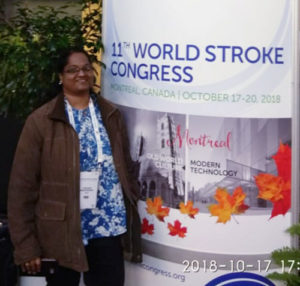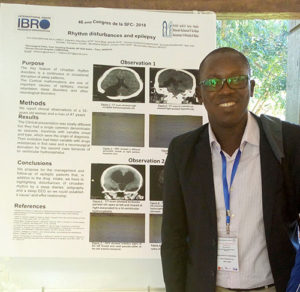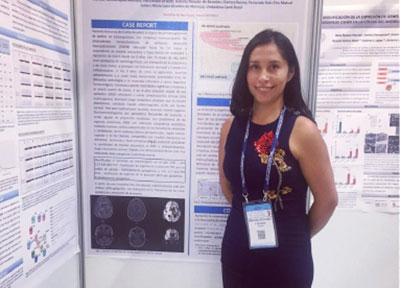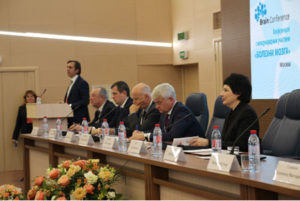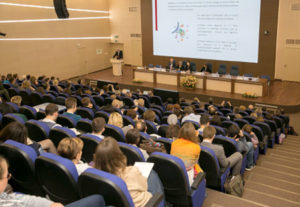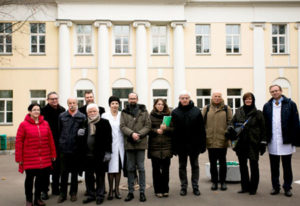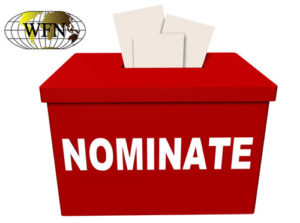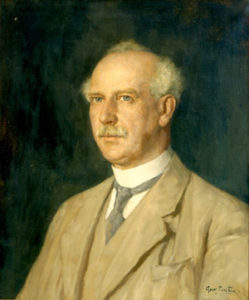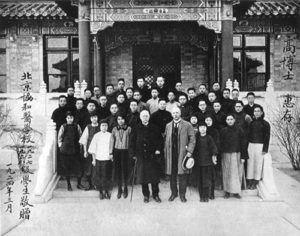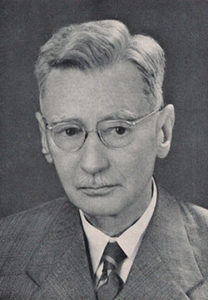The following was distributed by the Indian Academy of Neurology.
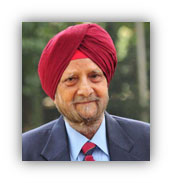
It is with deep sorrow and regret that we inform you about the demise of Professor Jagjit S. Chopra, the founder President of the Indian Academy of Neurology on Jan. 19, 2019. He was the driving force in the formation of the IAN and the person who guided it to maturity.
He had a profound influence on the development of the academy as well as the professional careers of many members of the IAN.
Our prayers and thoughts are with the family members, friends, and students of Prof. Chopra.
— Satish Khadilkar, President, IAN, and Gagandeep Singh, Secretary, IAN
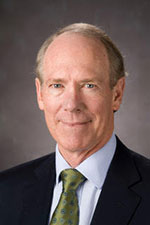
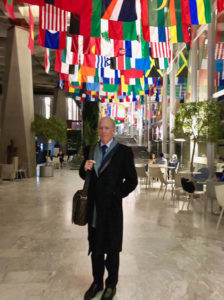 An important part of the office and website changes is the development of uniform internal and external branding. A draft document currently before the trustees details logos, brands, and symbols that can be used and how they must be used. It is hoped that this will improve the recognition of WFN material. All office staff have participated in these revisions and improvements.
An important part of the office and website changes is the development of uniform internal and external branding. A draft document currently before the trustees details logos, brands, and symbols that can be used and how they must be used. It is hoped that this will improve the recognition of WFN material. All office staff have participated in these revisions and improvements.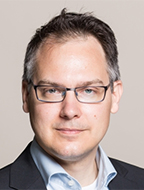
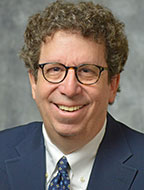
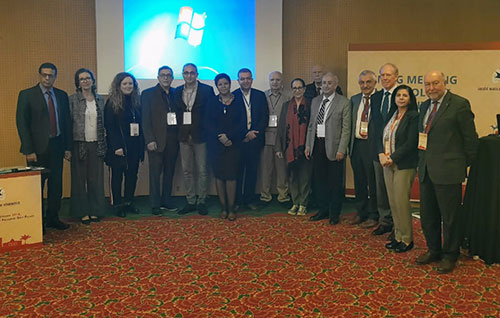 The meeting of the World Federation of Neurology (WFN) Migrant Neurology Applied Research Group took place Dec. 14, 2018, in Marrakech, Morocco, during the 12th Maghreb Congress of Neurology. This meeting coincided with the meeting of the Intergovernmental Conference on the Global Compact for Migration, a United Nations meeting held Dec. 10-11, 2018, in Marrakech. The charter of the global alliance was adopted by the U.N. General Assembly on Dec. 19, 2018, and this constitutes real progress for the cause of migrant people.
The meeting of the World Federation of Neurology (WFN) Migrant Neurology Applied Research Group took place Dec. 14, 2018, in Marrakech, Morocco, during the 12th Maghreb Congress of Neurology. This meeting coincided with the meeting of the Intergovernmental Conference on the Global Compact for Migration, a United Nations meeting held Dec. 10-11, 2018, in Marrakech. The charter of the global alliance was adopted by the U.N. General Assembly on Dec. 19, 2018, and this constitutes real progress for the cause of migrant people.